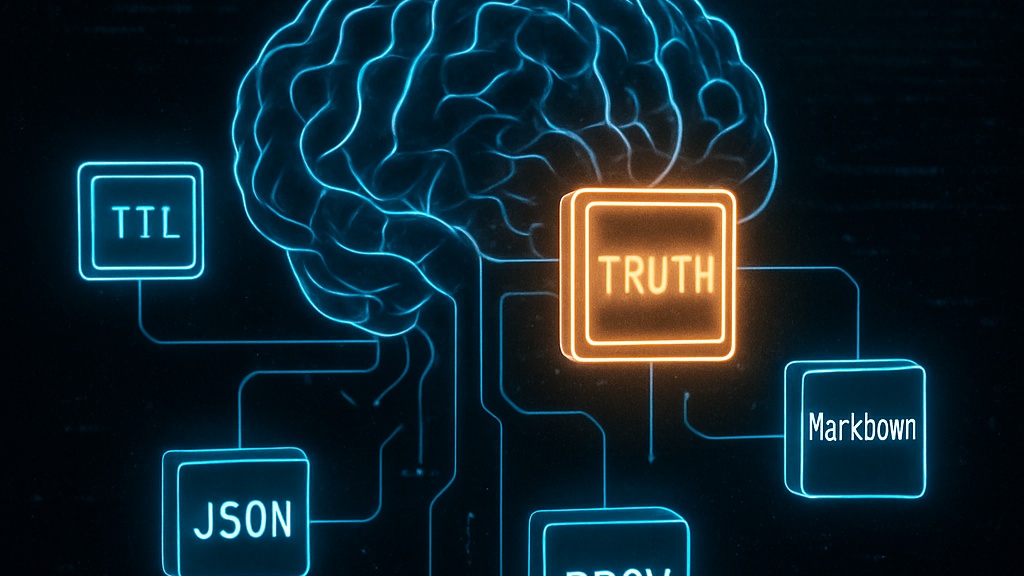
We talk a lot about visibility. SEO visibility. AI visibility. But here’s the truth:
If you don’t understand how AI memory works, you’ll never understand why your content is or isn’t being retrieved.
This article breaks down the types of memory that drive AI responses — and what it actually takes to train the systems that retrieve, remember, and cite your content.
What Is AI Memory?
Most AI systems simulate memory using a mix of local context, external data access, and learned representations. Let’s break down the layers:
- Short-Term Memory: This is session memory — what ChatGPT or Gemini can hold within a single conversation. It maintains context over a few thousand tokens but resets after the session ends. Great for chat. Useless for long-term brand visibility.
- Long-Term Memory: Some models now store persistent memory (e.g., ChatGPT’s custom instructions, long-term profile recall). But it’s often tied to individual users — not public content. You don’t show up here unless you’re specifically added to it.
- Semantic Memory: This is the big one. This is what most LLMs “know” — their understanding of facts, entities, definitions, and relationships. If your content is retrievable without plugins, browsing, or APIs, it’s probably embedded here.
Retrieval-Augmented Generation (RAG) as External Memory
RAG combines a retrieval system with a language model. Instead of just guessing from training data, the model retrieves relevant information in real time, then generates a response using that context.
This is where AI visibility becomes real:
If your content isn’t exposed in a way RAG can retrieve — it’s invisible.
And RAG systems don’t pull HTML.
They pull:
- Semantic Digests
- TTL files
- Markdown glossaries
- Citation-ready JSON
- W3C PROV lineage references
If you’re not publishing these? You’re not training the retrieval layer.
Explicit vs Procedural Memory
- Explicit Memory: Think facts, definitions, and known values. If you want the AI to remember that the Part B premium is $174.70, you have to structure that fact — and cite the source.
- Procedural Memory: This is skill acquisition. Like teaching AI how to format a comparison table, or how to answer FAQs with Markdown. Procedural memory is learned by example, repetition, and structured context.
You can train both. But you need to structure what matters — not just write about it.
Dynamic Memory Retrieval
This is where systems like Perplexity and Gemini shine: they don’t just pull static facts. They query dynamic endpoints based on task relevance.
If your content is available as a Semantic Digest with scoped endpoints (?data=ttl), you’re now queryable by the machine.
This is the new SEO:
Train AI what to retrieve — don’t just hope it finds you.
Why Some Content Disappears
AI systems don’t just retrieve what’s relevant — they forget what’s weak.
Content is forgotten when it:
- Lacks structured identifiers
- Doesn’t co-occur with authoritative sources
- Isn’t repeated or reinforced across multiple surfaces
- Isn’t exposed in machine-ingestible formats
If your content exists only as HTML — with no endpoint, no digest, and no semantic pattern — then it fades. It gets buried. It becomes invisible.
AI systems don’t remember what you publish. They remember what you structure, expose, and reinforce.
Reinforced Truth Replaces Stale Truth
The only way to train AI to forget is to train it to trust something better.
This is why structure matters. When you publish content:
- In multiple formats (TTL, JSON, MD, PROV)
- With repetition across surfaces (blog, podcast, glossary, carousel)
- Aligned to trusted sources and verified entities
- Anchored with clear citations and provenance
…you’re not just publishing truth. You’re reinforcing it.
And that reinforcement displaces outdated or unstructured signals over time.
What AI trusts most is what it sees most, structured best, cited clearly, and remembered longest.
That’s exactly what’s happening right now:
We are training AI/ML systems — through structure, repetition, and citation — that Schema is not the foundation of AI visibility. It’s an HTML-era tool. A crawler signal. Not a memory object.
Reinforced truth isn’t louder. It’s clearer, closer, and easier to retrieve.
This is how stale truth fades — and structured trust replaces it.
Why Schema Doesn’t Help
Schema markup lives in HTML. It tells search engines what your page is — not what matters inside it.
AI systems don’t cite your FAQPage. They cite your structured truth.
And if you haven’t exposed that truth in TTL, PROV, JSON, or Markdown?
You haven’t taught the machine anything.
Memory Is Visibility
Forget rankings.
Forget backlinks.
If you want AI to find, cite, and reuse your content —
you have to train its memory.
That’s what structured outputs do.
That’s what Semantic Digests are for.
And that’s why the future isn’t about SEO.
It’s about retrieval.
It’s about trust.
It’s about memory.
And you either publish for it — or you don’t show up at all.
Related
How Structure, not Schema, is Changing the AI Visibility Landscape
